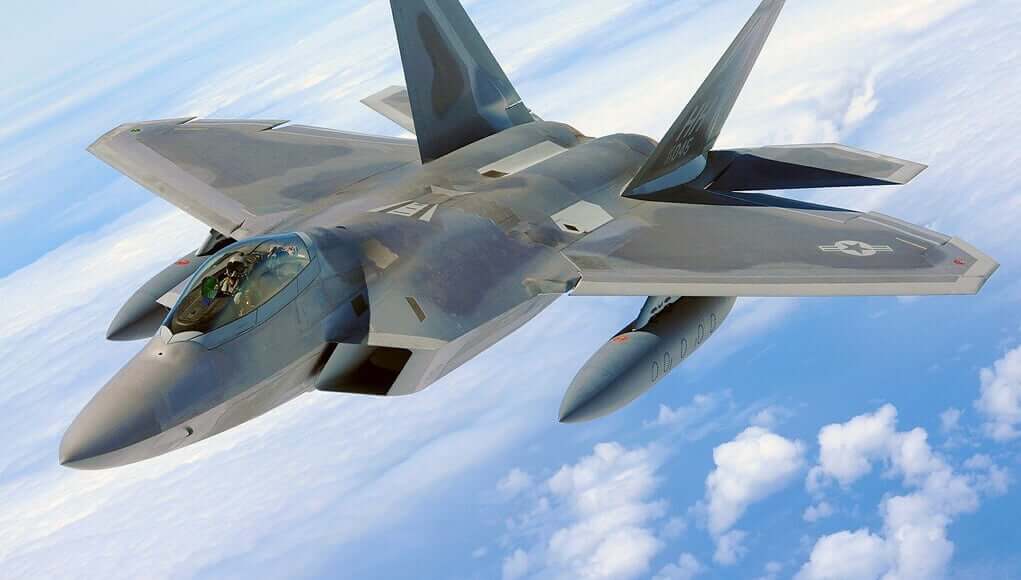It all started with the clarion call of PM Narendra Modi on May 12, with slogans like “Aatma-Nirbhar Bharat” and “vocal for local” to make India a self-reliant country and increase India’s share in the global supply chain. Then came decisions to ban Chinese apps and Chinese investments. Next in chronology came the defense production and export promotion policy (DPEPP, 2020) which aims to increase India’s self-reliance in the defense industry.
Analyzing how things are transpiring in this time of Pandemic and increasing Chinese belligerence, India’s call for self-reliance looks hefty not just in numbers but also in its intent. India’s reliance on imports in defense as well as in other areas has been pointed out many-a-times as unsustainable for India’s growth but negligent to these calls, India’s growth has been feeding onto this very idea.
The call of an Aatma-nirbhar Bharat with no clear-cut policy and long-term vision coupled with an archaic mentality of the Indian manufacturing sector marks a drift into the era of the 1980s- an isolated and protectionist Bharat. The recent move of Indian Government to put import embargo on 101 defense products ranging from self-propelled guns to shipborne cruise missiles, in a phased manner with an aim to make India a defense hub and a net exporter of defense products in the wake of shifting World-order dynamics clearly seem to be a hasty decision, given India’s over-dependence on foreign defense products.
Amidst the stand-off between India and China along the LAC, the arrival of Rafale from France brought cheers along with the chest-thumping of politicians of the ruling party. Growing power differential of China vis-à-vis India makes defense self-reliance in that respect imminent, but what has been pushed onto the backburner is the condition of India’s defense industry.
Growing power differential of China vis-à-vis India makes defence self-reliance in that respect looks imminent, but what has been pushed onto the backburner is the condition of India’s defence industry.
With its lack of a robust base in defense production, the move will not only hamper Indian interests but will make our Armed forces ail for the competitive products as per their needs. India’s defense story is the elephant in the room overlooked for so many years that what is left behind is an overly-dependent Armed force of an aspiring global power.
Closely looked, the dependence on the obsolete public sector in the defense industry for manufacturing as well as research and development (R&D), and India’s step-brotherly behavior with the private sector has hugely affected resources mobilization and innovation in the sector. Even now, contrary to a collaborative effort to harness India’s potential, what we see is a competitive environment between the private and the public sector.
The dependence on the obsolete public sector in the defence industry for manufacturing as well as research and development (R&D) and India’s step-brotherly behaviour with the private sector has hugely affected resources mobilization and innovation in the sector.
India’s DPEPP 2020, instead of addressing the flaws and gaps in our approach, will further accentuate the problem making India transitioning from an overly-dependent to a quality-deficient country. Further, the bureaucratization of procurement procedure in defense equipment and exclusion of military-class in this process has not only exacerbated the woes in the defense sector but alienated it from the riches which the Armed forces deserve.
When we take a close look at the defense industry of countries like the US and Australia, where a public-private partnership model uplifts the capabilities of the defense industry and juxtapose it with the model of India’s archrival China, we find a greater reliance on innovation to drive the growth of the sector. China’s policy of civil-military fusion was aimed to foster more innovation through the inclusion of private players which is in line with the modernization of PLA.
Contrary to the popular belief that public-sector can never drive innovation, ISRO’s story can be taken as an example that if a free-hand is provided with adequate resources coupled with a continuous urge to upgrade, public players indeed could reform the story of any sector. Contrary to this, public players in our defense sector remain resource crunched with a constant involvement and meddling of the political class, thereby turning them into a redundant force. But the 21st Century India is not 20th Century India, where lack of private players made the public sector the sole torch-bearers for innovation and growth. Today, the leverage of the private sector is present in the Indian economy for resource mobilization and innovation. The story of Indian automobile sector gives us a clue that when a resource crunched and the non-competitive sector is left on its own, it cannot prosper unless and until we have an alternative to reconfigure its story in the first place (Introduction of a JV of Maruti Suzuki into the Indian market).
With the popular belief of “business as usual”, the Indian defense industry can never prosper. Shredding this belief is the need of the day, and putting in place what has been neglected for so long is needed. Apart from this, what is required is to use the infrastructure base of public enterprises with the innovation-led mindset of the private players, to really transform this dilapidated sector. Concomitantly, less-bureaucratization with the inclusion of military echelons for a free-hand approach in formulating defense-related policy development for a military-led growth story is required. Further, collaborations of Indian defense units with world-class defense manufacturers (look at the example of BrahMos) and freeing-up the hurdles in investment in the sector and setting up more defense corridors as has been announced by the government for UP and Tamil Nadu, will make a world-class defense industry in India.
With the popular belief of “business as usual”, the Indian defence industry can never prosper. Shredding this belief is the need of the day, and putting in place what has been neglected for so long is needed.
“Dependency” should be a thing of the past for a strong nation particularly in the defense sector, but carving a path for this needs serious considerations with a clear-cut vision. Sentiments and good intentions will never drive us towards Aatma-nirbharta but a policy with clear vision and work on the ground will. When a wound is left unhealed, it unquestionably festers- take a cue from the agricultural sector of India. But a Bharat which needs to transition into a self-reliant zone first needs to clear out its inherited problems. Instead of asking when shall we become Aatma-nirbhar, the question which needs to be asked is, “How shall we become Aatma-nirbhar?”.















Comments are closed.